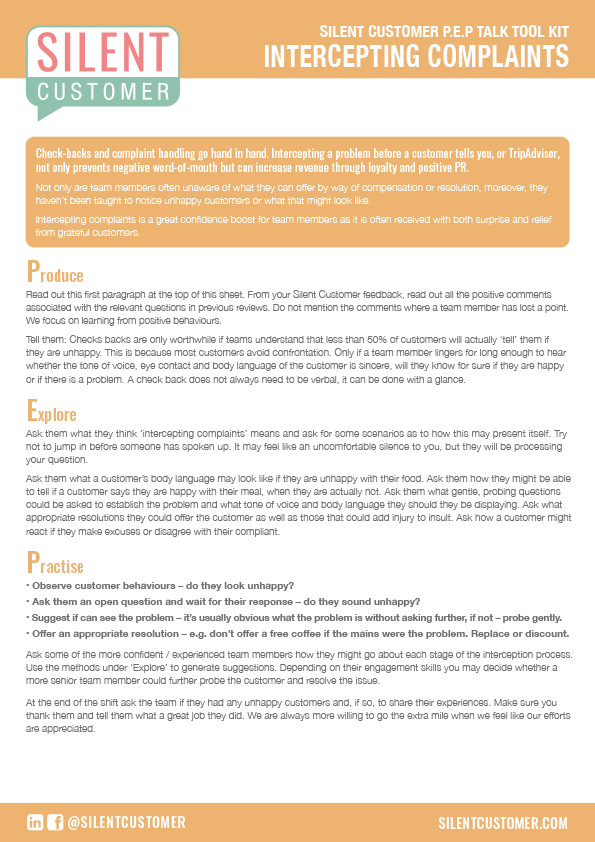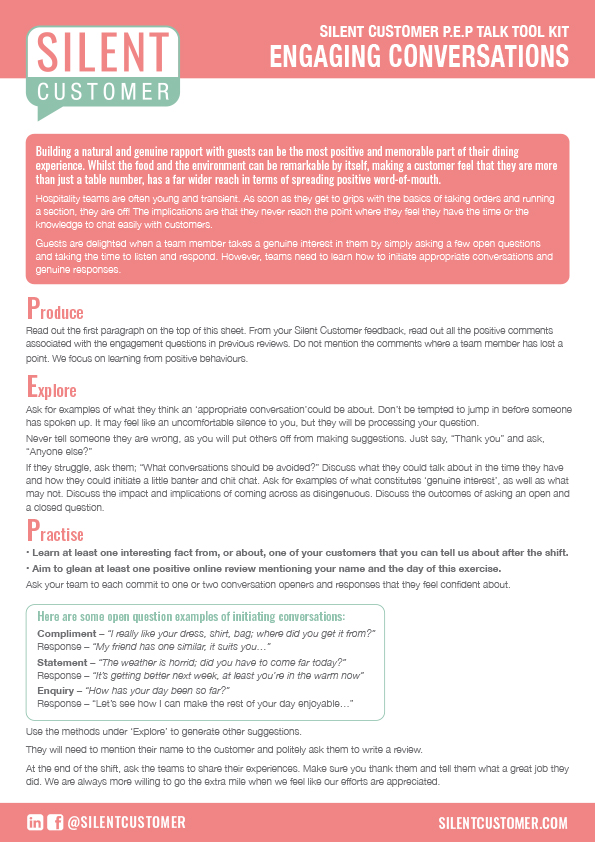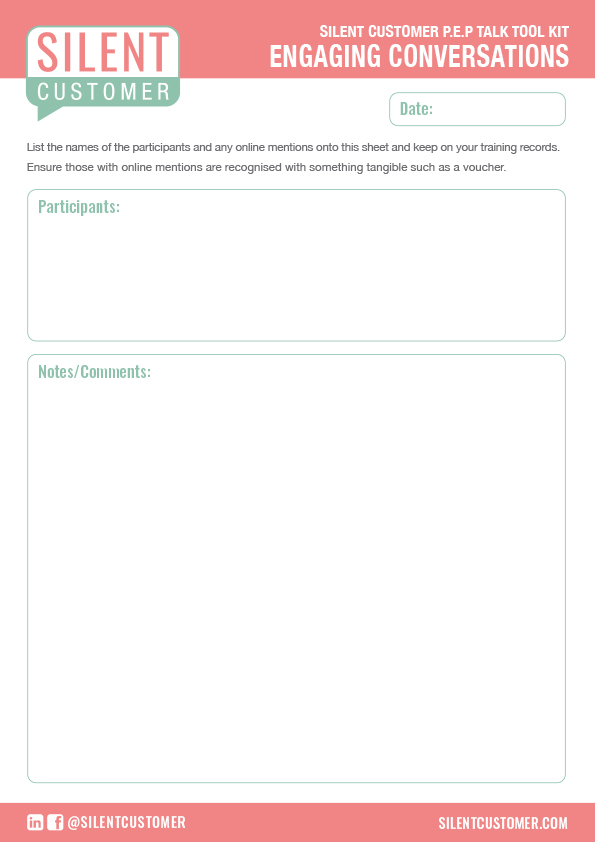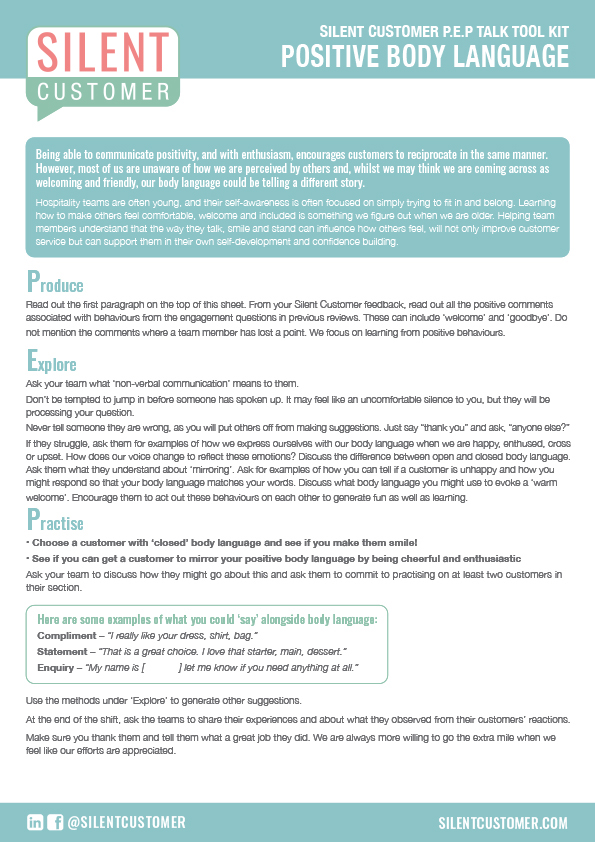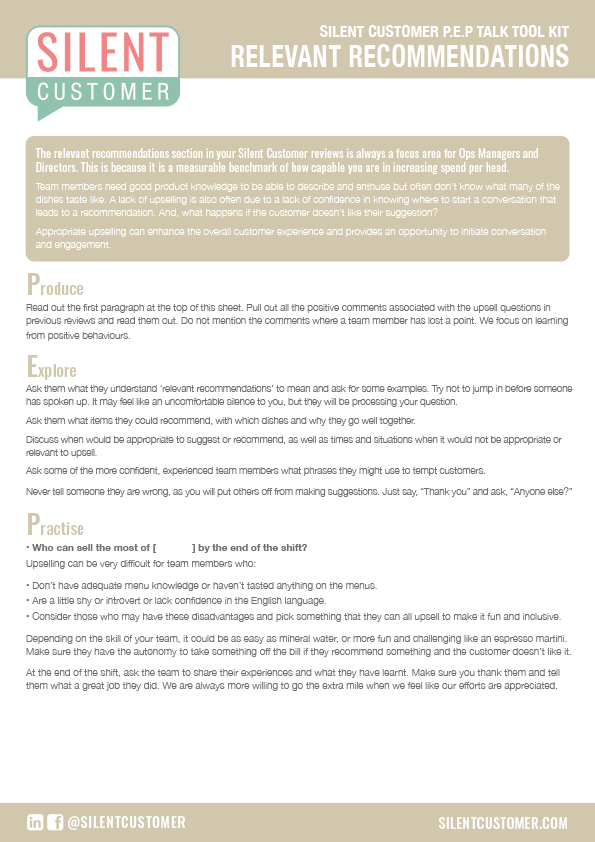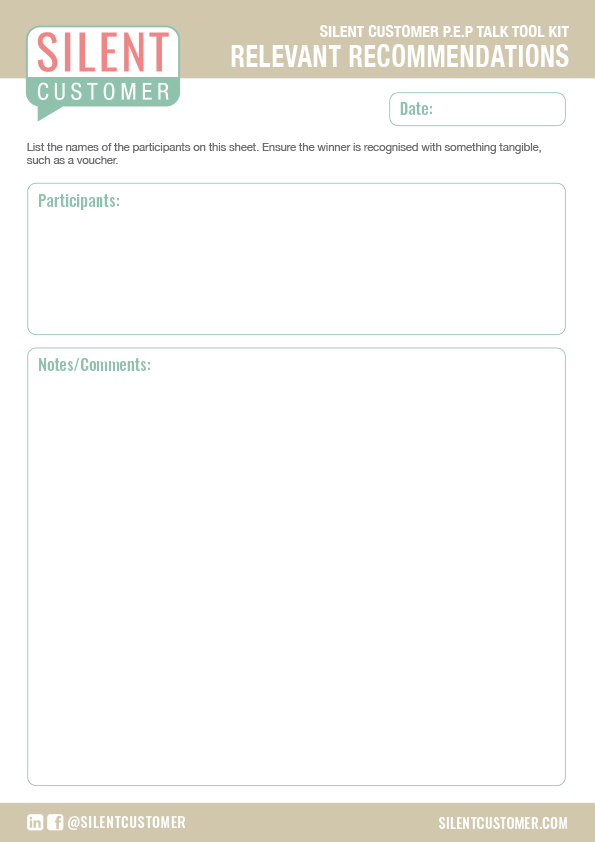We often say “the customer is always right,” yet many businesses still struggle to hear from customers when things go wrong. Studies show that over 50% of customers won’t complain at the table. But have you ever stopped to consider why?
The answer is simple: fear. Many customers don’t hold back because they’re content; they hold back because they’re uncomfortable.

Why Customers Stay Silent
Here are some of the most common reasons customers are afraid to raise issues:
1. Fear of Being Judged or Labelled
Nobody wants to be seen as difficult, rude, or a “Karen.” Many customers worry that speaking up will make them look unreasonable, especially in front of other diners or guests.
2. Fear of Making Things Worse
What if the person they complain to takes offence or responds defensively? Customers sometimes worry that drawing attention to a problem will lead to worse service or awkward tension.
3. Not Wanting to Cause Trouble
Sometimes customers remain silent simply because they don’t want to get anyone in trouble, especially if they like the staff or think the issue might reflect badly on an individual.
4. Past Negative Experiences
If someone has complained in the past and been dismissed or met with hostility, they may avoid doing it again. One bad experience can have a lasting impact on a customer’s willingness to speak up.
The Silent Signals: Reading Between the Lines
This is why regular ‘check backs’ are so important. But here’s the catch: check backs only work when your team is trained to read non-verbal cues. Otherwise, an unhappy customer may still go unnoticed and never return.
So, what should staff be looking for?
Subtle cues include customers going unusually quiet, pushing food around their plates, avoiding eye contact, or appearing distracted or withdrawn. You may notice customers glancing at their watches, sighing, or giving short responses. These are often early warning signs of dissatisfaction.
Training your team to spot these behaviours and respond with genuine care can make the difference between losing a customer forever and turning a situation around.
Download our FREE Training Tools to help you to upskill your team.

How to Manage a Customer’s Complaint Through Connection
Is the customer always right? Yes… and no. But maybe that’s the wrong question to ask.
Great service isn’t about who’s right, it’s about empathy and awareness. It’s about recognising that others experience the world differently than you do.
We see this in all kinds of relationships, not just between businesses and customers. Think about your team. Some people seem to clash with others often, while others breeze through with charm and ease. Why?
It comes down to self-awareness and understanding human behaviour. If we can accept that people see the world through their unique filters shaped by culture, upbringing, values, and personality, we become better at connecting, not just serving.
Consider this: dogs see the world through smell, bees through ultraviolet. Humans see through layers of emotional, cultural, and personal lenses, filters shaped from early life that influence every interaction.
When someone has a different view from ours, it can feel uncomfortable. But instead of trying to change their view, we can choose to simply accept it. Their perception is valid, and our job is to acknowledge it, not argue with it.
If a customer complains, the goal is not to prove them wrong, but to show them they’ve been heard. That act alone builds trust, even if the issue can’t be fully resolved.
Want to Improve Your Team’s Customer Awareness?
At Silent Customer, our mystery diners walk in your customers’ shoes, from booking to payment, giving you valuable insights into every stage of the experience. Our in-depth reports highlight both areas for improvement and where your team is excelling, enabling you to tailor staff training and support to consistently deliver exceptional customer service.
Get in touch with one of our friendly team members today to find out how we can best support your business, turning customers into loyal advocates.

